Surviving 100 days in the apocalypse: A journey of survival and ingenuity
The world has descended into chaos, and survival is no longer a choice but a necessity. Amidst the unrelenting waves of a zombie apocalypse, safety lies in the remnants of humanity's creations and raw ingenuity. In this gripping account, we delve into the detailed journey of a survivor navigating 100 days of relentless hardship. From scrounging for food and crafting rudimentary tools to taking on hordes of zombies, this is a tale of creativity, courage, and survival.
The beginning: Life on the edge of fear
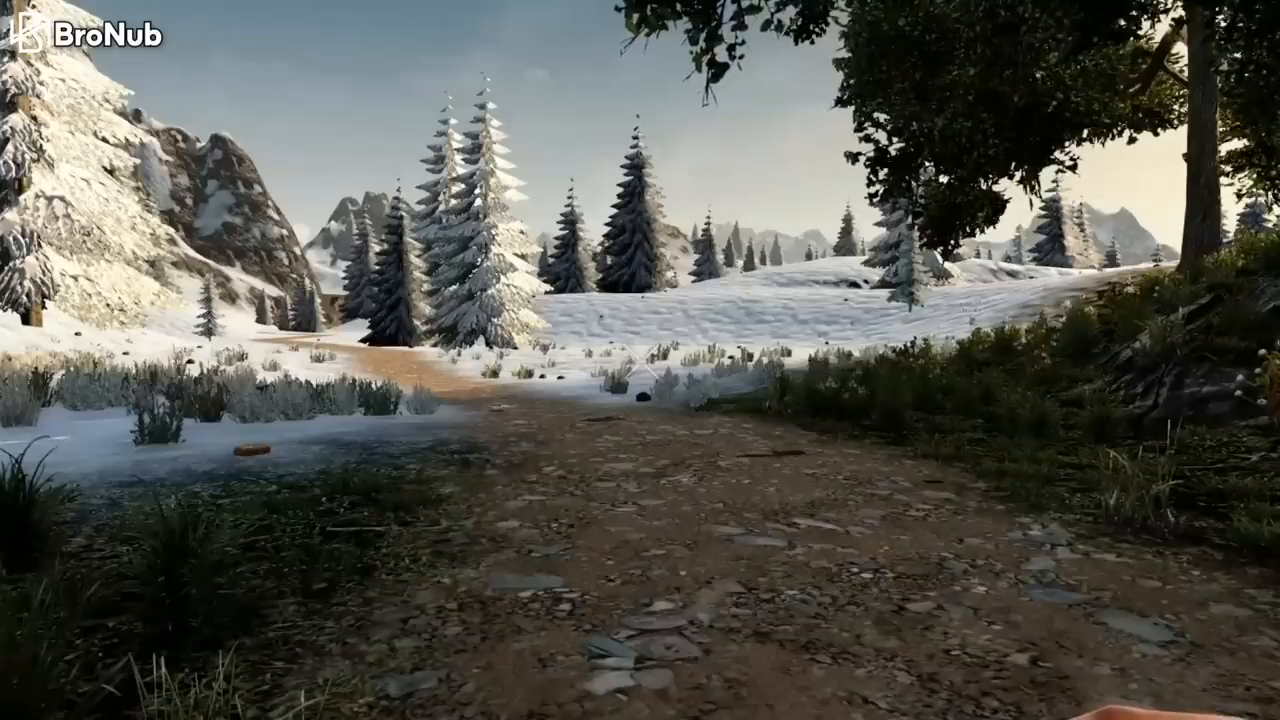
The calm before the storm—a serene yet deceptive start to the journey
In the beginning, the world was cloaked under a blanket of snow. Winter’s cold grasp hung in the air, contrasting against the menacing noises of the undead. Surrounded by these echoes of horror, the national forest offered a deceptive sense of security. Here, survivors like me sought refuge, desperately clinging to the hope of a safer tomorrow. My journey started with nothing but a burned-out car, a few small supply boxes, and a flashlight hidden in an abandoned house at the forest's edge.
Entering the house cautiously, I scavenged the kitchen for food—the hunger more frightening than the groaning sound of a zombie falling from the second floor. I defended myself with a makeshift torch, a crude weapon ignited to battle despair and danger. Relentlessly, I searched the remnants of humanity to find crucial supplies like bandages, dry grass for bedding, and makeshift tools to survive the night.
Crafting tools and gathering resources
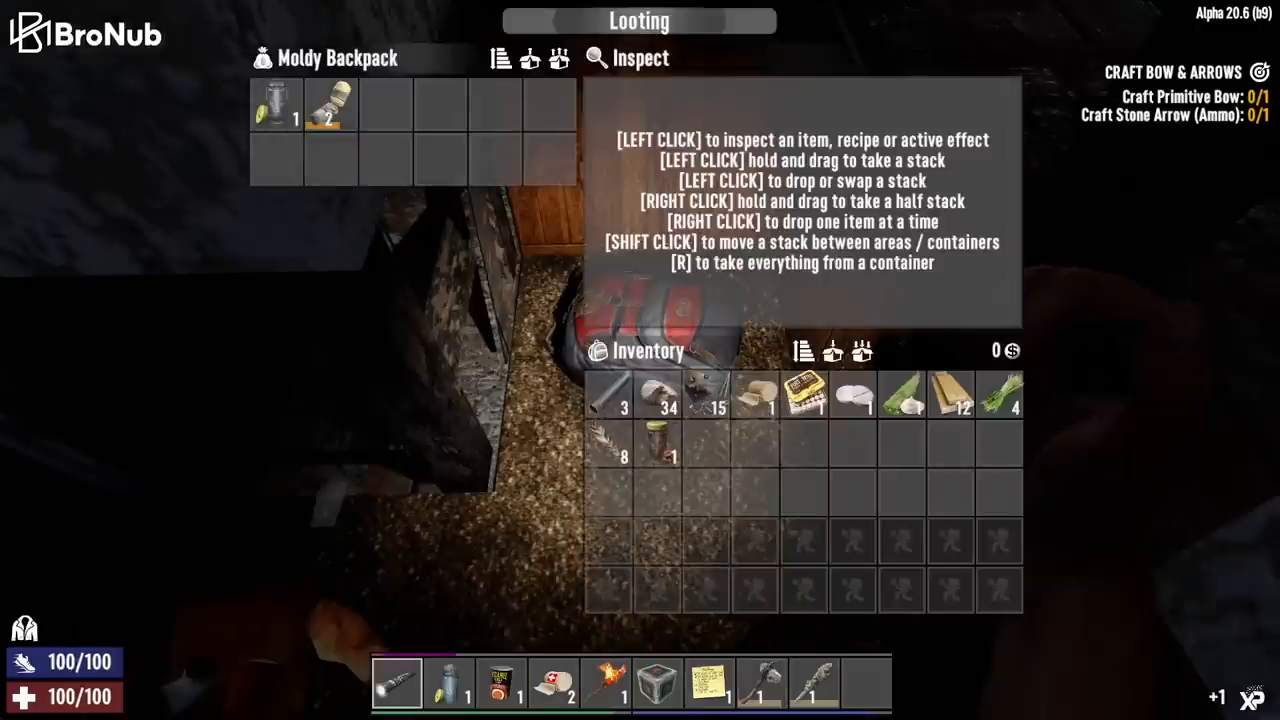
After setting up a base, crafting becomes the fundamental way to stay prepared
Survival wasn’t just about hiding but taking steps toward resilience. Gradually, I crafted essential tools like stone axes tied with grass, defensive sticks, and even rudimentary bows and arrows. The forest offered raw materials—wood and dry grass—that I turned into rudimentary clothing and basic defensive gear.
Days passed with critical tasks like searching for bird nests to collect feathers and venturing into abandoned locations for scarce resources. Nights, however, brought vulnerability as zombies would approach at the slightest noise. Staying awake to reinforce shelters and rearranging scavenged furniture became a desperate routine. By dawn, priorities shifted to creating weapons and fortifying my space.
Exploring abandoned towns
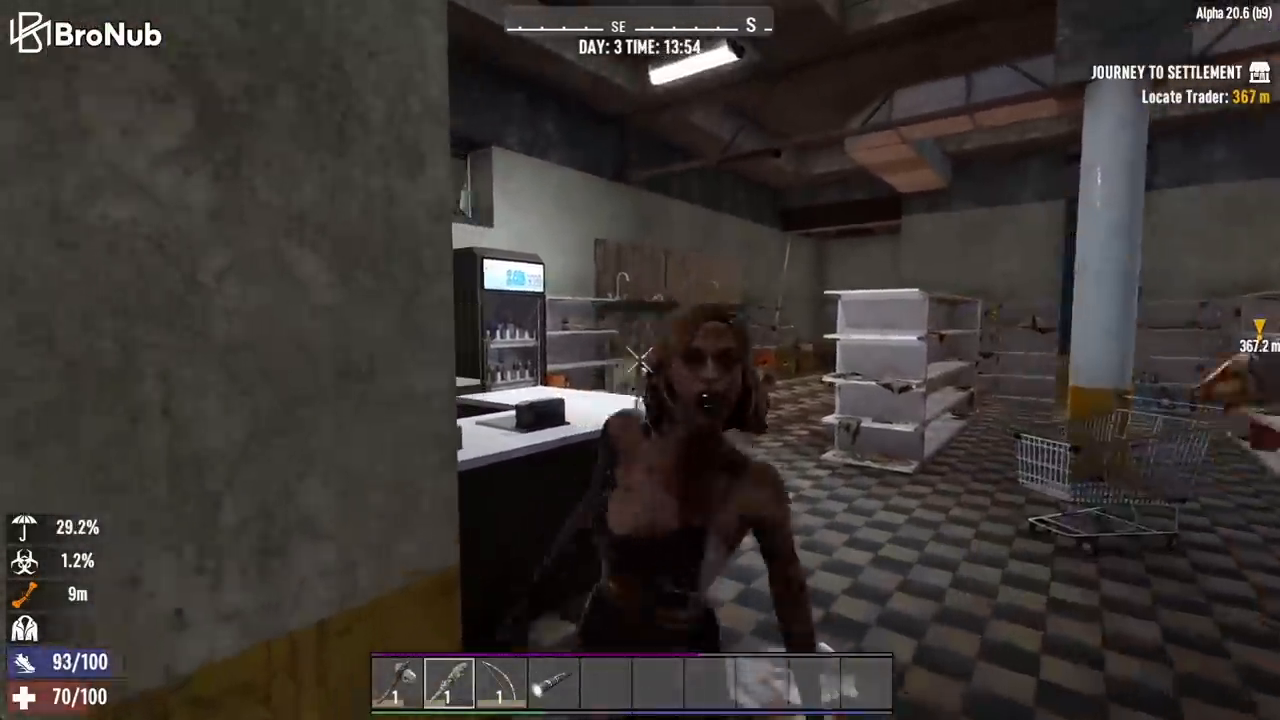
Walking through ghost towns: Every step poses the risk of encountering the undead
Shelter alone wasn’t enough. To survive, I had to risk stepping out into the open and explore abandoned residential areas. Houses, seemingly untouched for years, held valuable supplies. However, they were also riddled with dangers—traps set by former survivors and lurking zombies. Reinforced homes provided challenges, needing axes to break in and brute strength to stay safe.
I scavenged aloe vera for healing, metal scrap for crafting, and even upgraded my defenses with wooden logs found on the streets. The highlight of these expeditions was learning recipes—any fragment of knowledge that gave me an edge against adversity. Still, these ventures accelerated the depletion of energy and brought me closer to confrontations that were lethal.
Trading posts and mysterious protections
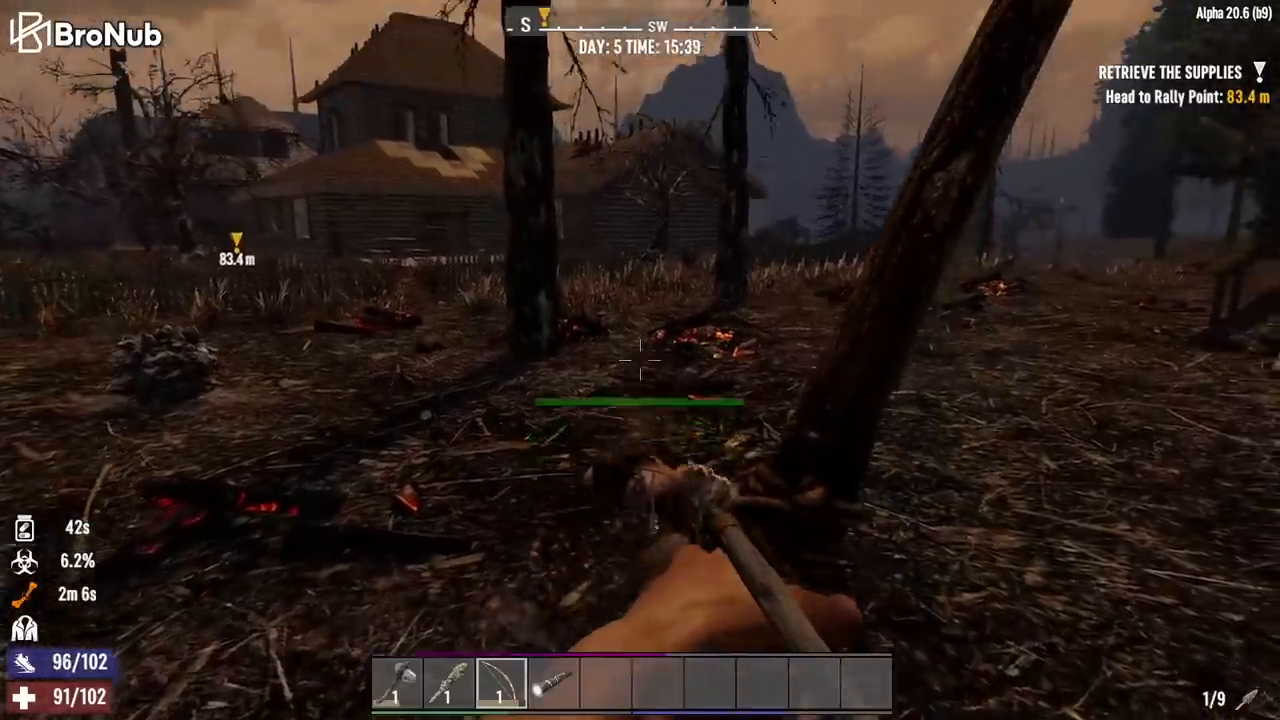
Discovering survivor-built trading posts that offer both hope and disappointment
Eventually, I stumbled upon fortified trading posts—safe zones run by survivors. They offered not just protection but trade, where valuable coins or resources could be exchanged for supplies. My first interaction with these outposts was bittersweet; arriving late meant being locked outside during nights filled with rain and danger.
In one post, I met a surprisingly resourceful woman referred to as the "Headphone Lady." She provided medical services, gear, and challenging missions in exchange for rewards. Her requests pushed me to explore even more dangerous zones to retrieve burned house goods, fortify tools, or fight clusters of zombies. Her tasks were often perilous but provided much-needed materials for survival.
Building defenses for the coming hordes
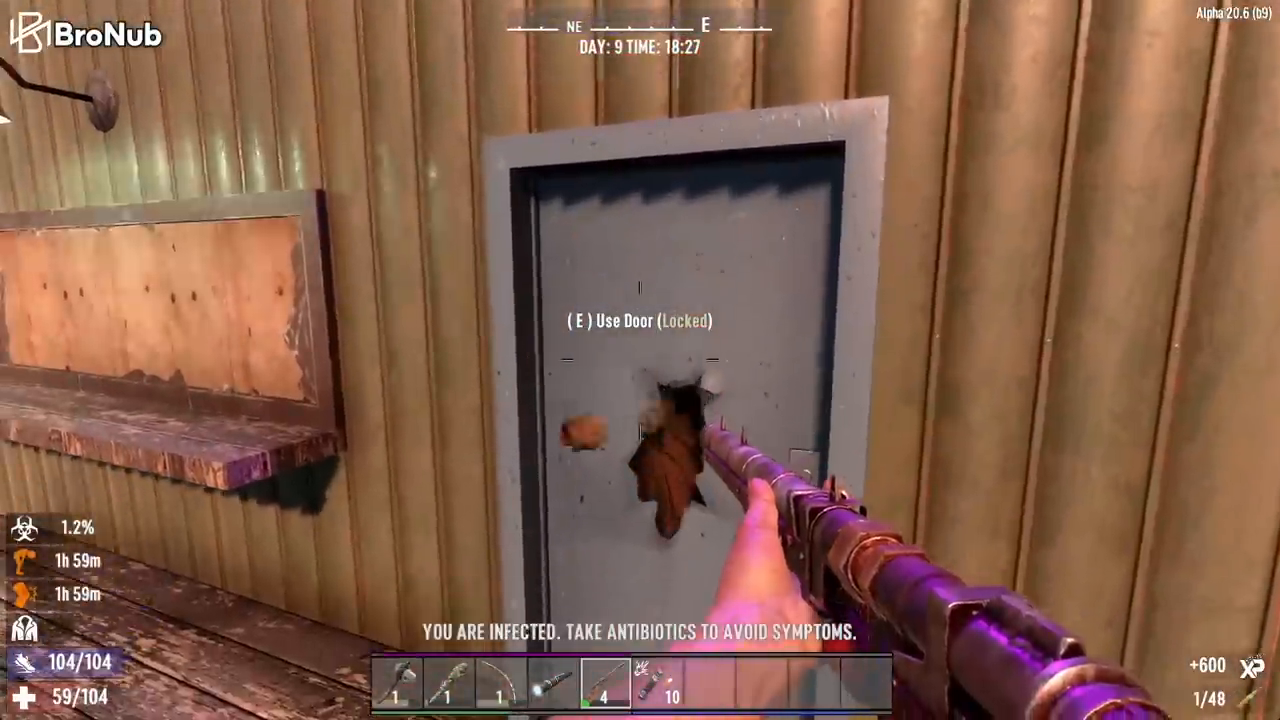
The looming blood moon called for clever defenses—traps and reinforced walls
As time advanced and danger intensified, constructing stronger defenses became paramount. Blood moon nights, marked by increased zombie aggression, demanded preparation. I constructed essential structures such as collapsible floors, traps to immobilize zombies, and electric fences. The notion was not to survive but to emerge victorious by luring enemies into kill zones.
Wooden stairs adorned with traps funneled zombies into chokepoints. Meanwhile, elevated platforms reinforced with cement and steel pillars allowed me a vantage point. Machine gun turrets and electrically charged traps became staples of my defense strategy.
The rewards of engineering ingenuity
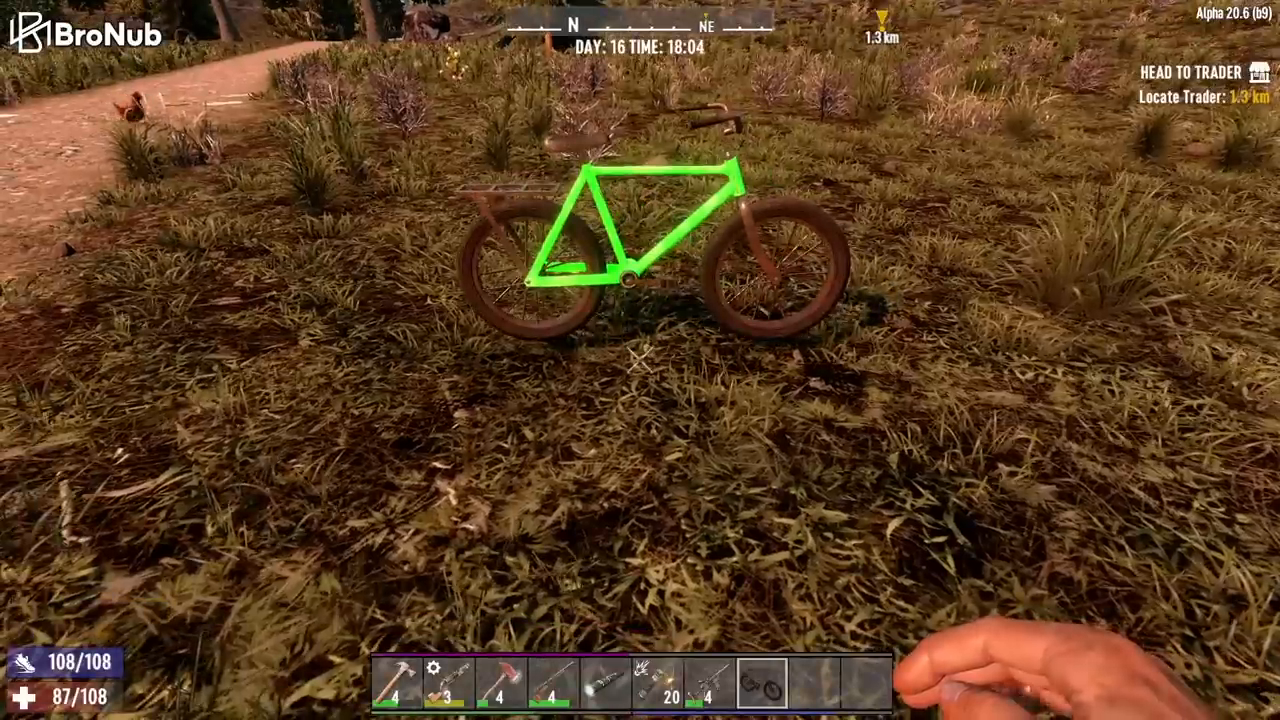
Advanced crafting tools elevated survival to organized engineering
When scavenging no longer satisfied growing needs, I delved into crafting intricate machines. Using stolen materials, I created items like steel-hardened nails, stone-concrete mixtures, and even a functioning generator. These tools weren’t just useful—they symbolized milestones of reclaiming survival from chaos.
Soon, mobility became a crucial factor. Constructing motorbike frames from hard-earned parts, I was able to increase the radius of exploration. With my handmade vehicle, the surrounding areas that once took days to cover grew accessible in hours.
Expanding survival beyond defense
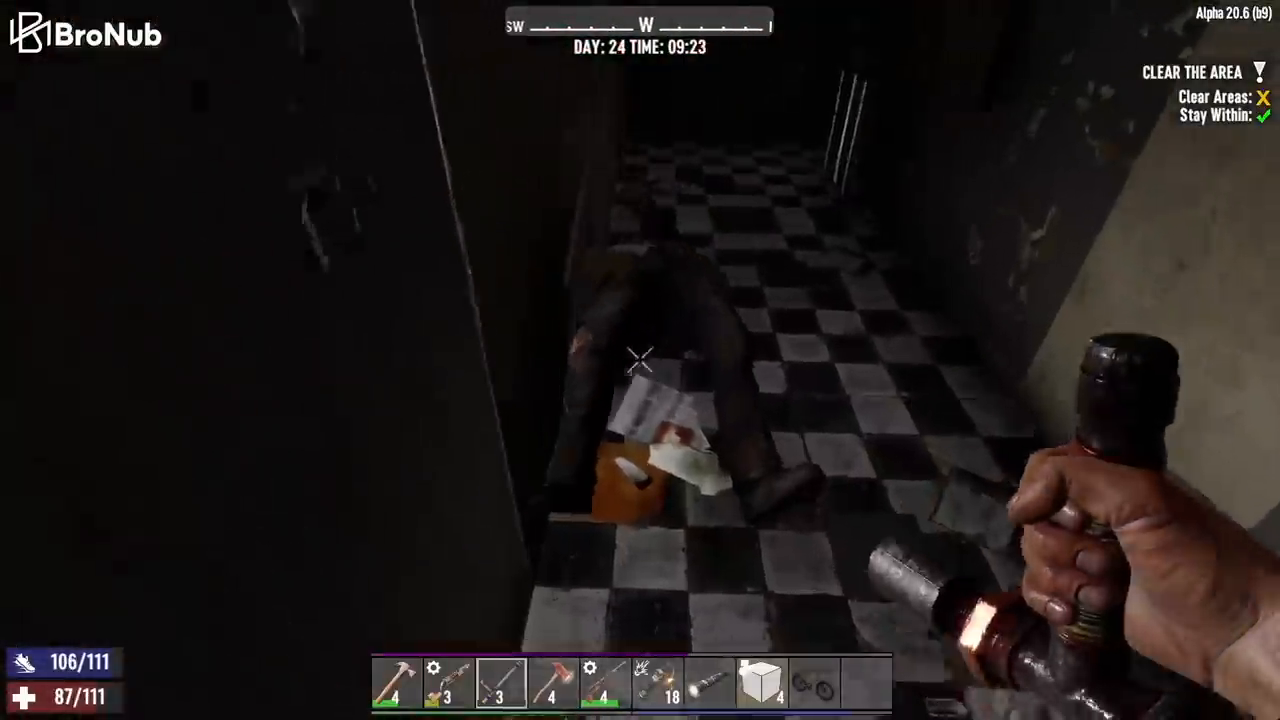
Away from crisis, farming provided a glimpse of long-term sustainability
After surviving day after day of relentless zombie attacks, I realized continuity necessitated more than brute strength. Farming began as a way to add stability, with small vegetable patches set up around reinforced fences. The nutrients grown locally fed my physical endurance, sustaining relentless scavenging expeditions.
With cleaner living surfaces, I also began developing tools such as concrete mixers. Neighboring junkyards transformed from cluttered waste spots into goldmines of resource collection.
Triumph over a hundred days of survival
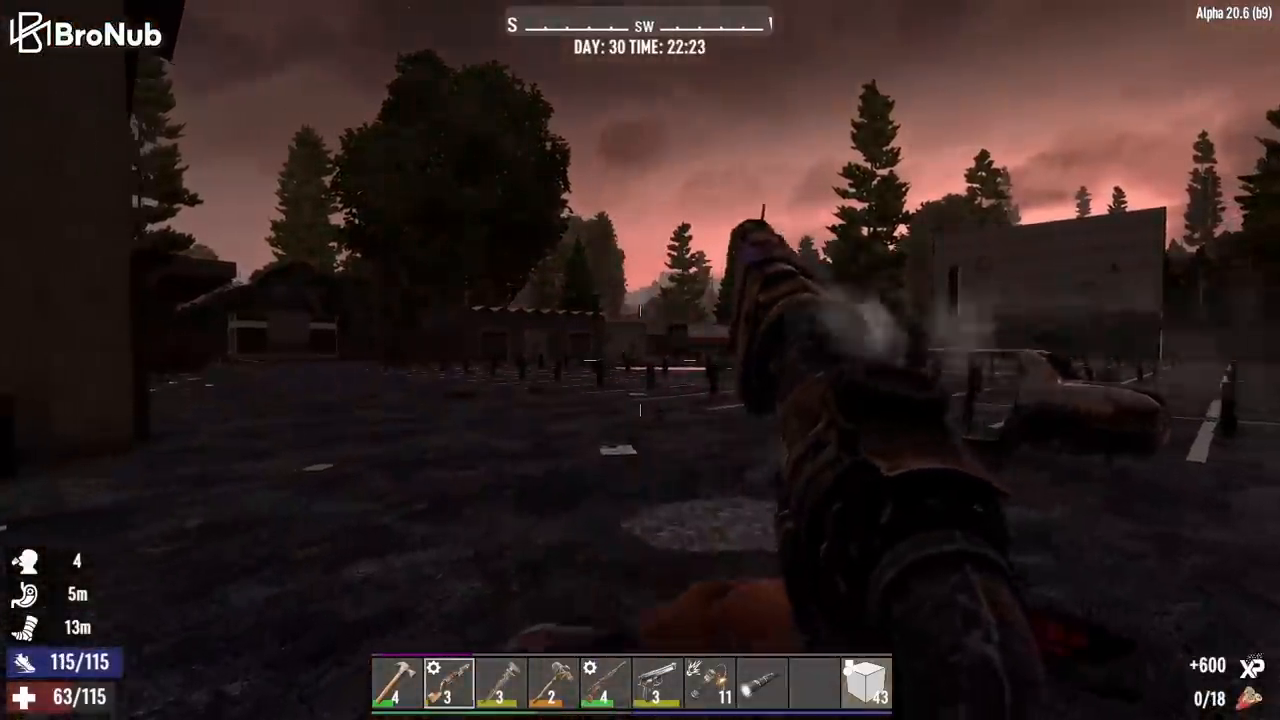
From fragile beginnings to a fortress—the outcome of strategic survival
By the hundredth day, my so-called "house" had transformed into an impenetrable fortress. What started as a barren space to endure nights was now a fully electrified stronghold with guillotines, turrets, and reinforced shelters. My newly constructed war car offered mobility, while my small yet growing farm promised food stability.
The last blood moon solidified my efforts. Waves of zombies threw themselves against my carefully laid traps and electric fences. It was not simply survival but a poetic gesture of resilience—where the mind triumphed over chaos.
Conclusion: A new chapter awaits
As I stood overlooking my fortress and reflecting on my journey, the forest gave way to a brighter horizon. Surviving 100 days had not only fostered fortitude but offered glimpses of humanity’s resilience. Conversations with the "Headphone Lady" and other survivors hinted at future challenges. There was still a world to explore, cities to reclaim, and a fight against entropy.
This journey under the snow’s cold gaze showed that survival meant more than existing in the face of danger; it exemplified innovation, determination, and the indomitable human spirit.
Thank you for joining me on this unforgettable tale of survival and creative resilience. Until the next adventure.
